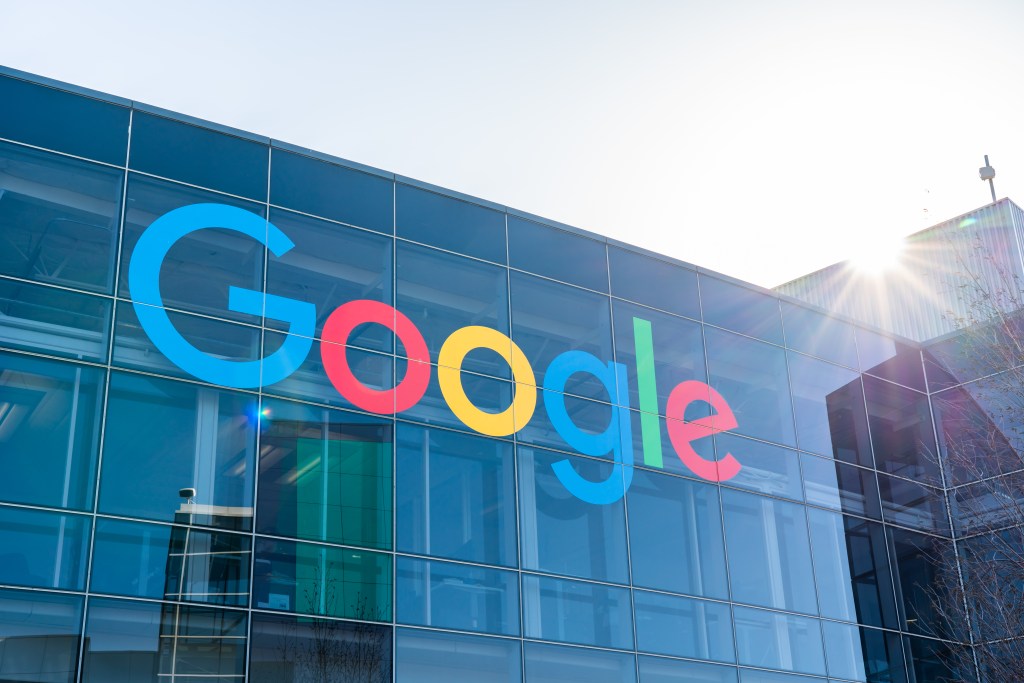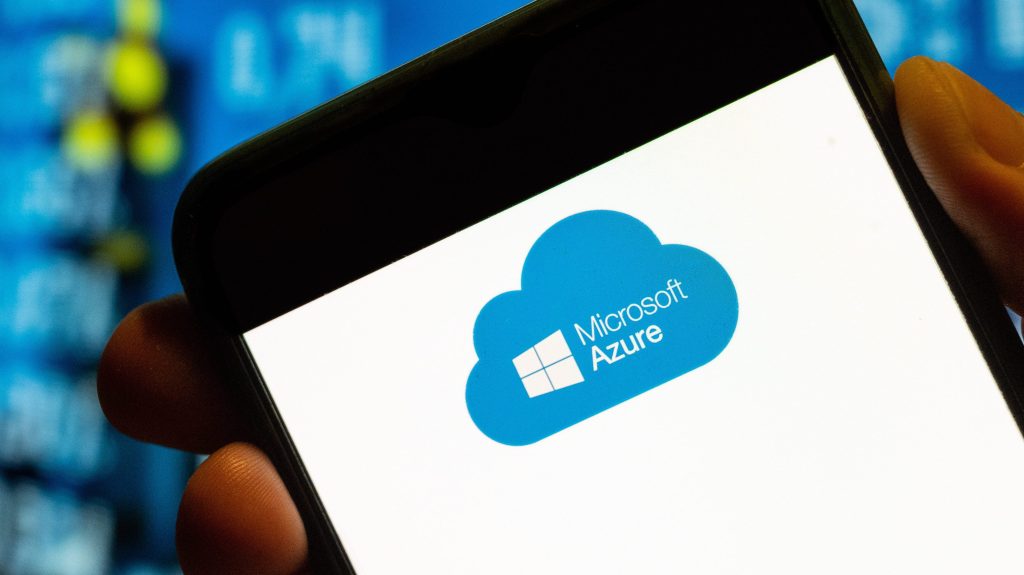
Google is removing 17 “underutilized” features in Google Assistant to focus on “quality and reliability,” the company announced on Thursday. Starting January 26, when a user asks for one of the features that’s being removed, they will get a notification that the feature won’t be available after a certain date. The news comes as Google is laying off hundreds of employees in its Google Assistant, hardware and other divisions.
The features being removed include the ability to use your voice to send an email video or audio message. Users will also no longer be able to use their voice to do things like send a payment, make a reservation or post to social media. It’s worth noting that Google is offering workarounds for some of the lost features, but not all.
Here are all of the features being removed, as listed by Google:
Playing and controlling audiobooks on Google Play Books with your voice. You can still cast audiobooks from your mobile device.Setting or using media alarms, music alarms, or radio alarms on Google Assistant enabled devices. You can create a custom Routine that has similar behavior or use a standard alarm.Accessing or managing your cookbook, transferring recipes from device to device, playing an instructional recipe video, or showing step-by-step recipes. You can use Google Assistant to search for recipes across the web and YouTube.Managing a stopwatch on Smart Displays and Speakers. You can still set timers and alarms.Using your voice to call a device or broadcast a message to your Google Family Group. You can still broadcast to devices in your home.Using your voice to send an email, video or audio message. You can still make calls and send text messages.Rescheduling an event in Google Calendar with your voice. You can still schedule a new event.Using App Launcher in Google Assistant driving mode on Google Maps to read and send messages, make calls, and control media. You can still use voice control on Google Maps the same way.Asking to schedule or hear previously scheduled Family Bell announcements. You can create a custom Routine that has similar behavior.Asking to meditate with Calm. You can still ask for meditation options with media providers such as YouTube.Voice control for activities will no longer be available on Fitbit Sense and Versa 3 devices. You’ll need to use the buttons on your device to start, stop, pause, and resume activities. You can still voice control activities on Pixel Watches.Viewing your sleep summaries will only be available on Google Smart Displays. You can still ask for sleep details by voice on third-party smart clocks.Calls made from speakers and Smart Displays will not show up with a caller ID unless you’re using Duo.Viewing the ambient “Commute to Work” time estimates on Smart Displays. You can still ask for commute times and get directions by voice.Checking personal travel itineraries by voice. You can still ask for flight status.Asking for information about your contacts. You can still make calls to your contacts.Asking to take certain actions by voice, such as send a payment, make a reservation, or post to social media. You can still ask Assistant to open your installed apps.
Google also announced that the microphone icon in the Google app will now trigger Search results in response to your queries. With this change, you won’t be able to use the Search bar microphone to do things like turn on the lights or send a message. Google says Pixel devices will also be impacted, as the microphone in the Pixel Search bar will now activate Voice Search instead of Assistant.
The tech giant is inviting users to provide feedback on the changes using “Hey Google, send feedback.”
Today’s announcement comes three months after Google introduced Assistant with Bard, a new version of its assistant that’s powered by generative AI technologies. Assistant with Bard is able to handle a broader range of questions and tasks and also offer personalized responses to queries. It’s unknown if today’s announcement is related to introduction of Assistant with Bard.
Google cuts over 1,000 jobs in its voice assistance, hardware teams as Fitbit founders leave
